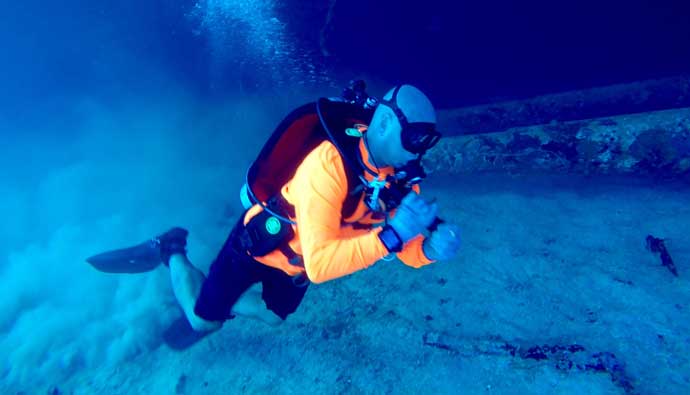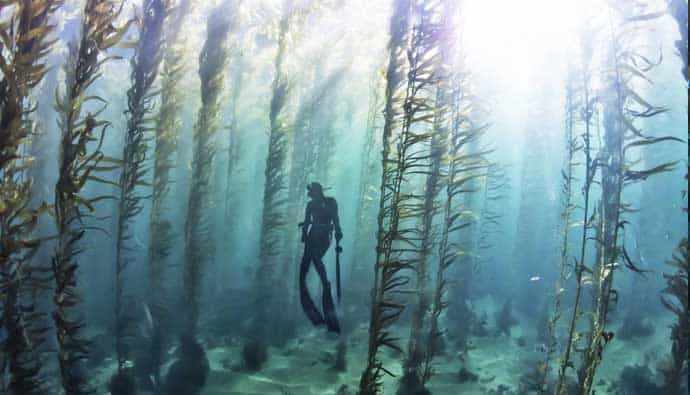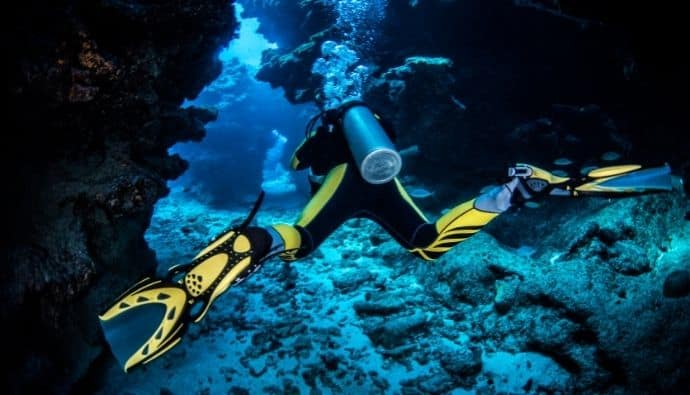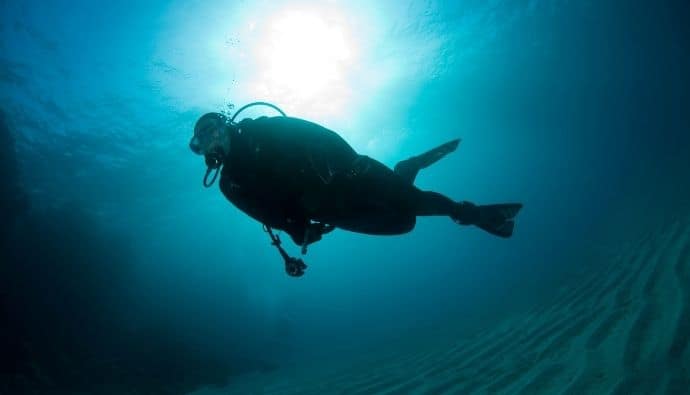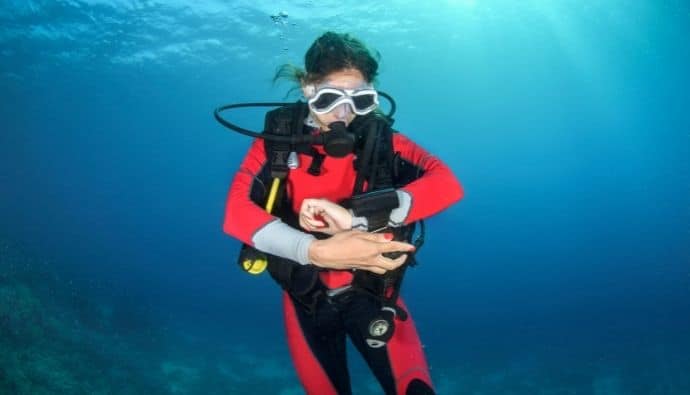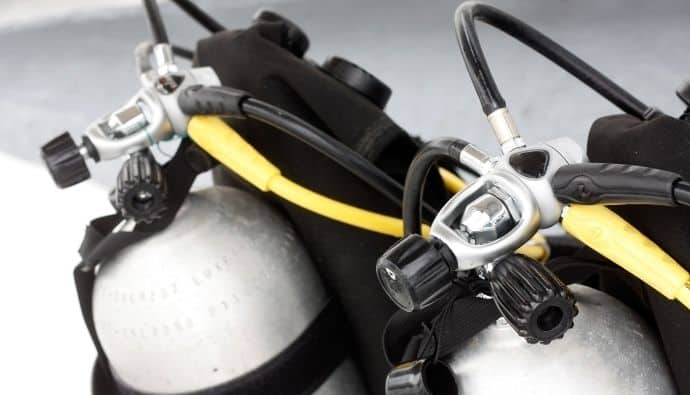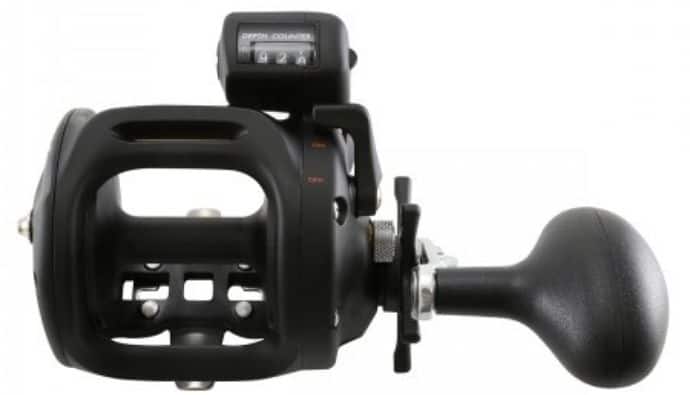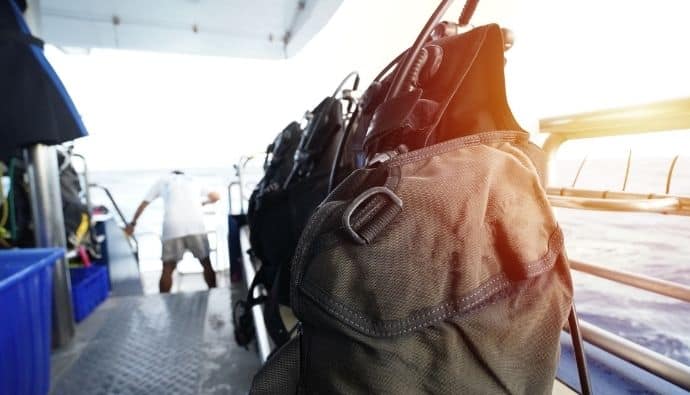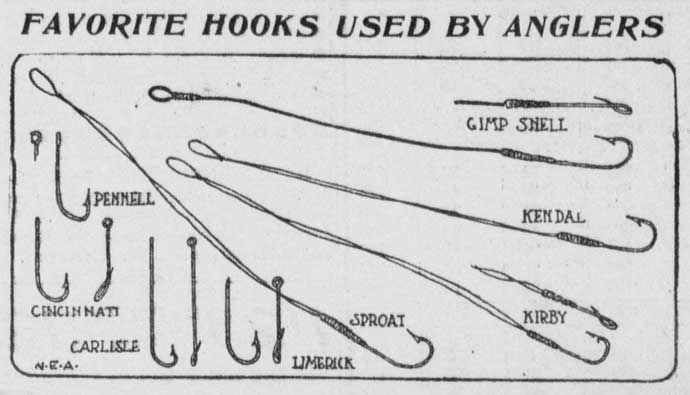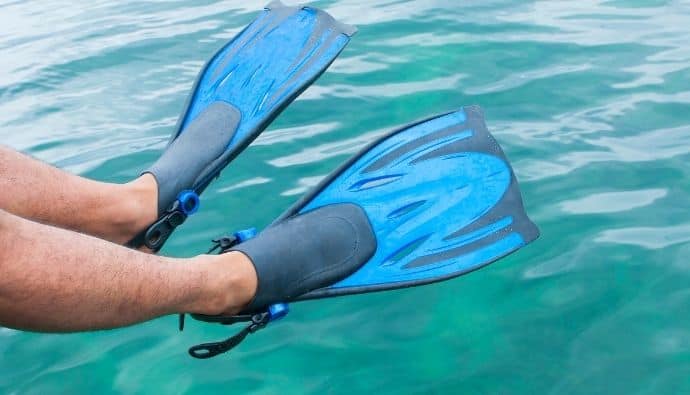Exploring marine life while being dry enhances comfort. You might think that it’s impossible not to get wet under the water, but through the use of high-quality gear, like drysuits for scuba diving, you get to experience a warm and comfortable diving experience.
Drysuits are not always available for rent because it’s important to wear a suit that fits you properly. Choosing the right one can be complicated with the different factors you need to consider, such as its material, zipper orientation, and type of seal.
To simplify your search for the best drysuit for sale for your next scuba diving adventure, we’ve rounded up the best products in the market!
Best Drysuits for Scuba Diving
Here are the top scuba drysuit for sale in the market today.
- Best in Durability-AQUALUNG Fusion Bullet Drysuit
- Best Budget Drysuit-Scubapro Exodry Women’s Drysuit
- Most Lightweight Drysuit-Scubapro Everdry 4mm Dry Suit
- Most Versatile-Bare X-Mission Evolution Drysuit
- Best in Thermal Insulation-SEAC Men’s Warmdry 4mm Neoprene Drysuit
1. AQUALUNG Fusion Bullet Drysuit
Best in Durability
Key Features
- Pocket support system
- 3D mesh back pad
- Seal-Lock Technolgy with its fit wrist ring seals and neck ring retainer
The Fusion Bullet Drysuit comes with multiple zippers due to its dual-layer design for increased mobility and better fitting. It uses a breathable Aircore inner layer for comfortable use with no restriction of motion.
It’s made from a super-stretch neoprene outer layer that has abrasion-resistant panels so that it can be used in the harshest type of diving, like wreck diving.
2. Scubapro Exodry Women’s Drysuit
Best Budget Drysuit
Key Features
- Neoprene hood
- Knee pads to protect the lower leg
- Latex wrist seals
This high-density neoprene-made drysuit provides optimum insulation that’s perfect for cold-weather water diving.
To complete your gear, it has attached boots with a non-slip sole. It’s a go-to suit for deeper dives because it can resist compression to reduce buoyancy.
3. Scubapro Everdry 4mm Dry Suit
Most Lightweight Drysuit
Key Features
- Integrated boots and neoprene socks
- Detachable suspender system
- Zippered waterproof pockets for accessories
Scubapro Everdry Drysuit delivers optimum thermal protection against cold water together with its wrist and neoprene neck seal.
It uses a compressed neoprene material, so there is no need to wear thick undergarments. This drysuit features an inflator valve and Scuba Si-Tech balanced valve inlet for buoyancy control.
4. Bare X-Mission Evolution Drysuit
Most Versatile
Key Features
- Made from nylon ripstop drysuit material for high-abrasion resistant
- Felled seam and double-taped construction
- Plastic zipper across the chest
This drysuit features anatomically shaped arms, legs, and torso for a snug fit that doesn’t affect its maneuverability.
It’s versatile gear because it’s suitable for both technical and recreational diving. It comes with a reinforcement patch for the heating system.
5. SEAC Men’s Warmdry 4mm Neoprene Drysuit
Best in Thermal Insulation
Key Features
- 1000-denier Cordura thigh pockets for extra storage
- Neoprene tape on the inside and blind-stitched seams on the outside
- SI-tech dumping valve for an enhanced buoyancy
SEAC Drysuit assures excellent underwater protection with its poly PK + Powertex external coating and semi-rigid boots. It’s a mid-range drysuit perfect for recreational divers and tech divers searching for warm, dry-design dive gear. Its size range is between S-3XL.
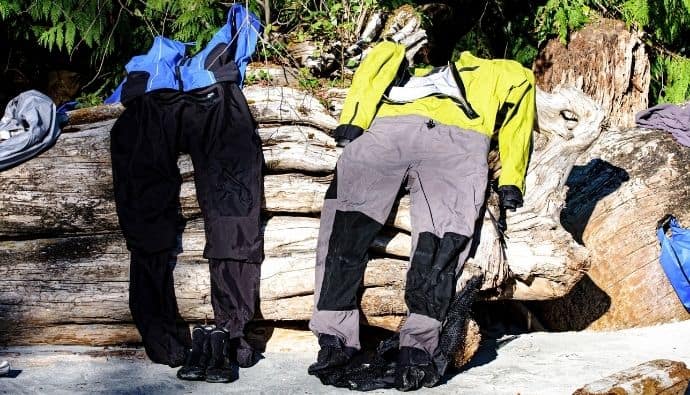
Things to Consider When Buying the Best Drysuit
Scuba diving drysuits may be one of the most expensive and most important diving gear that you’ll be investing in. That’s why it’s important to research the factors to consider before buying. Here are some of the things to ponder upon:
Material Type
There are two types of drysuit material: membrane and neoprene. Your choice of material greatly affects your performance and comfort underwater.
Membrane
A membrane drysuit is usually made from a three-layer design to make it waterproof. However, it doesn’t have inherent buoyancy so a diver still needs to wear undergarments that act as a heavy lifter and additional protection against hypothermia since its material isn’t enough to provide warmth.
This type of material is best used if you’re planning to dive in bodies of water with different temperatures because you can easily choose an undergarment depending on the climate.
Neoprene
Neoprene suits are insulated dry suits. It’s ideal for technical divers who are into deep diving because its material has an effect on buoyancy.
Most scuba suits that are made from neoprene material are compressed for them to become waterproof and more durable.
Boots or Socks
The boots or socks can be worn separately. Other dry suits already come with a foot covering.
The most common are rock boots or neoprene socks. Your choice would depend on the type of diving you’re into. If you’re into diving, with a little walking underwater, you may opt for boots.
Zip Location
The zipper can be situated in the front or at the back part of the suit.
Rear zippers are common for traditional types of dry suits, but they can be complicated to wear because you may need help from someone to zip and unzip them for you.
On the other hand, a front-zipper suit is easily accessible. However, it’s prone to damage, so opt for metal zippers.
It’s also best to choose ones with a relief zipper.
Seals
Drysuit seals can either be made from neoprene, latex, or silicone. Seals are the ones that make your neck, wrist, and other cold points of the body out of the water, so make sure to buy a suit with quality wrist gaskets.
Neoprene seals tend to be durable, but it easily stretches out over time. Silicone and Latex seals are great options for flexibility, but latex is more durable compared to silicone. Polyurethane and PVC seals are very strong but tend to be more expensive than other sealing options. Ultimately, the best seal for your application will depend on factors such as temperature ranges, chemical exposures, desired flexibility, and budget.
Type of Diving
Using a drysuit would depend on your diving activity. If the type of diving you’re into requires long hours of stay in the water, you would need the use of a scuba drysuit.
What’s good about a drysuit is that it can be used in all types of diving, such as technical diving, wreck diving, ice diving, etc.
Aside from diving, you might also be planning on using your dry suits for water skiing or whitewater kayaking. Be sure to take these into consideration.
Frequently Asked Questions
Drysuits work by stopping water from getting inside the body to protect you from hypothermia, which is commonly experienced in staying long hours underwater without the use of proper gear. It uses air to insulate the body. Some drysuits come with inflator valves, so you can add the air inside your drysuit to achieve neutral buoyancy.
Drysuits may seal out water to protect the body from getting wet, but there’s still a possibility of a leak, or you may still get wet due to sweat. With this, it’s ideal for wearing an undergarment that can still insulate even when wet. Choose undergarments made from wool, polypropylene, and fleece, but avoid cotton.
Drysuits are filled with air when you wear them, so they will let you float easily. The air compresses as you descend in the waters, so you can use its valves to add in more air.
Both suits aim to keep you dry and warm underwater. Most wetsuits for women and men are made from rubber neoprene which is not waterproof but can still make you warm even though it’s wet.
Drysuits are waterproof, but some brands may still require you to wear undergarments to keep you warm. So for cold waters, a wetsuit is the top choice.
Just like wetsuits, drysuits keep you warm by ensuring that no water gets to protect you from hypothermia. It’s also designed to protect divers from different elements like contaminated water.
Conclusion
Drysuits are versatile gear that can be used in warm climates, not just in cold waters. To fully benefit from it, make sure that you choose one that fits you properly and is equipped with essential features that’ll enhance your diving experience.
Finally, to go with your drysuit, choose the best scuba gear. Here are a few we recommend:




 Facebook
Facebook YouTube
YouTube